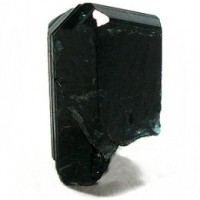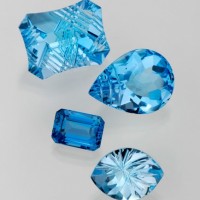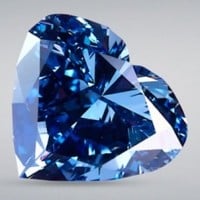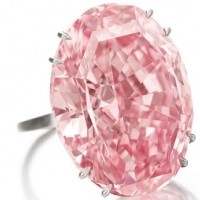Top 10 Very Rare Gemstones
The gemstones I selected for the Top 10 of this list are rarer than (colorless) diamond.These gemstones are rare because their formation requires a unique geochemical environment - some components must be present and available at the same location and time of crystal formation. But usually these components are not at the same location and time, and these gemstones are rare - for example Red Beryl is rare because it receives its red color from trace amounts of manganese. But beryllium and manganese are rarely found at the same place.
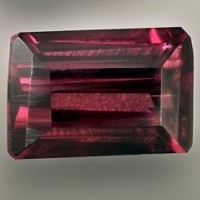
For decades, only two painite crystals have been known to exist.
In 2005 The Guinness Book of World Records described it as the rarest gem mineral.
Painite was discovered in 1956 in Myanmar (formerly Burma).
Hardness on Mohs scale - 8 (excellent); hexagonal crystal system.
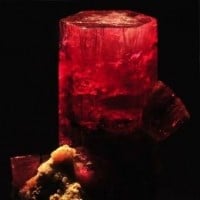
Hardness on Mohs scale - 7.5 to 8; hexagonal crystal system.
Not all beryls are rare but red beryl is, because it receives its red color from trace amounts of manganese, and beryllium + manganese is a very rare combination.
Proof: quality red beryl crystals have been found in only one location - in the Wah Wah Mountains, Utah, USA. Red beryl formation within the region ranges from about 5 million to 20 million years ago. Crystallization is thought to have occurred at temperatures between 300 and 650 degrees Celsius.
Yeah, imagine lava, volcanic vents and magma chambers.
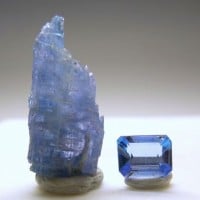
It was first found in Siberia, Russia, in 1883. For over 100 years only 4 more locations have been discovered - in Namibia, Tajikistan, Germany and Myanmar (formerly Burma).
Jeremejevite is found in small quantities. Besides, all localities, except Namibia, yielded only tiny crystals, not suitable for cutting.
Mohs scale hardness - 6.5 to 7.5; hexagonal crystal system.
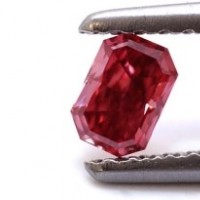
It's the rarest and most expensive diamond. Red diamonds are so rare that only around 20 to 30 true red diamonds are known to exist in the world. And most of them are less than half a carat in size. Red diamond is found mostly in Africa, Australia and Brazil.
A diamond receives red color when the crystal lattice is deformed by radioactive radiation (! ) - the lattice is not damaged but deformed, which causes another reflection within the diamond and it receives this color.
Mohs scale hardness - 10 (the highest)
So rare it didn't appear on Steven Universe
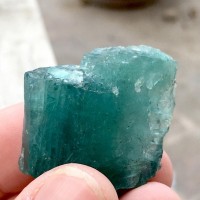
Grandidierite is extremely rare and gem quality specimens are found only in Madagascar. Samples of grandidierite have been found in only a few other locations around the world - Malawi, Namibia and Sri Lanka.
Mohs scale hardness: 7 - 7.5 (not the best but still very good)
Its bluish-green / greenish-blue color is amazing. It derives its distinctive color from trace amounts of iron.
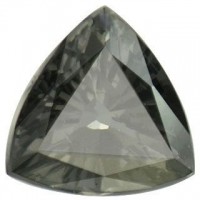
Musgravite is a member of the taaffeite family of minerals. Taaffeite is very rare but musgravite is even rarer. It was discovered in 1967 in Musgrave Ranges, South Australia.
Colors: pale olive green, grey, gray-green, mauve, grey purple.
Hardness on Mohs scale: 8 - 8.5 (excellent hardness - lower than sapphire but higher than topaz).
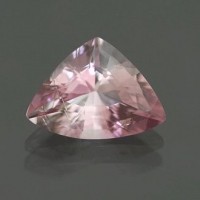
Poudretteite is one of the rarest gems known today - it is only found at two locations: Canada and Myanmar (formerly Burma). It was first discovered circa 1965 in Quebec, Canada, but the first documented gem-quality specimen of poudretteite was discovered in 2000 in Myanmar.
Manganese is the main color-giving element in poudretteite (pale pink).
Mohs scale hardness: 5 (not very good - it easily gets scratched)
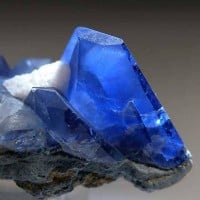
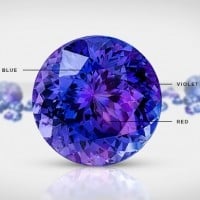
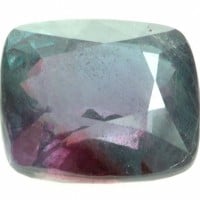
Alexandrite is a unique gem that changes its color depending on the type and intensity of light - an alexandrite ring may be green at noon and red at midnight. It's just fascinating.
This gem is very rare because in order for alexandrite to form, chromium, a very rare element, has to combine with beryllium and aluminum.
Hardness on Mohs scale: 8.5 (excellent! )
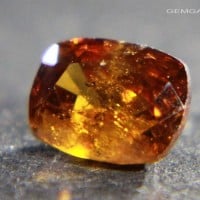
It was discovered in 1956 in Madagascar but gem quality Hibonite has only been found in Myanmar (Burma).
Color - usually brownish black to black; reddish brown in thin fragments; blue in meteorite occurrence
Hardness of 7.5-8.0 (excellent); hexagonal crystal structure
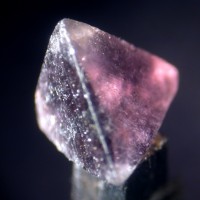
Chambersite was discovered in 1957 in Chambers County, Texas, USA. Other chambersite deposits were found in China, Canada, Mexico, and Louisiana /USA
Color: colorless to deep purple
Mohs scale hardness - 7.
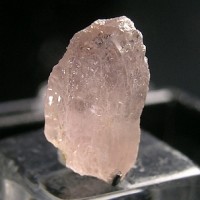
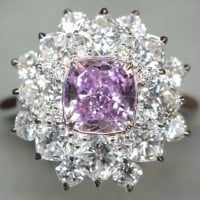
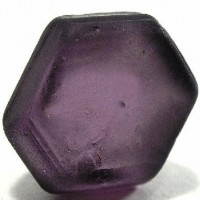
Taaffeite was discovered in 1945 and was the first mineral to contain both beryllium and magnesium as essential components.
Taaffeite is found in Sri Lanka, Tanzania, and China (in China are of lower grade though)
It can be colorless, pink, purple or reddish.
Mohs scale hardness: 8 - 8.5 (great)
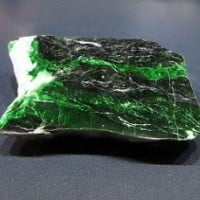
It's found in limited quantities and Jadeite is most valuable when it is colored a deep, translucent green. In 1997 a Jadeite necklace was sold for nearly $10 million.
Mohs hardness: 6.5 to 7.0
Color: Apple-green, emerald-green, bluish green, leek-green, greenish white, white, may show green spots, rarely blue or violet; colorless in thin section.
